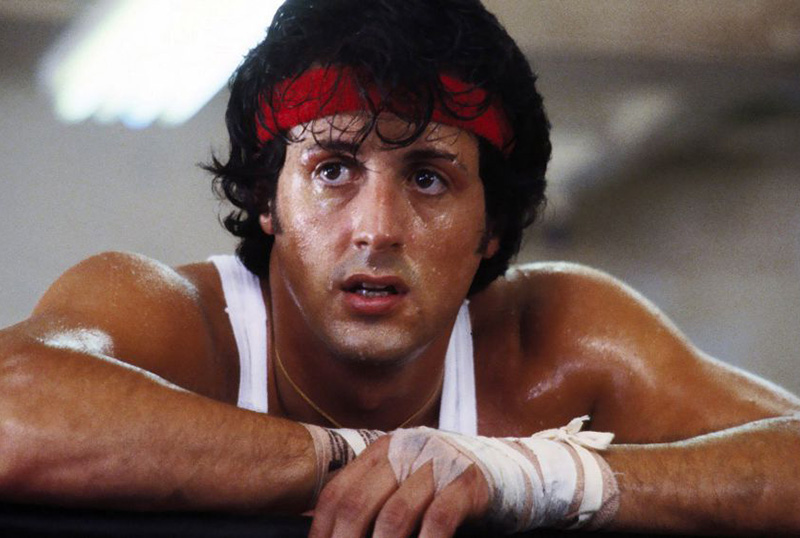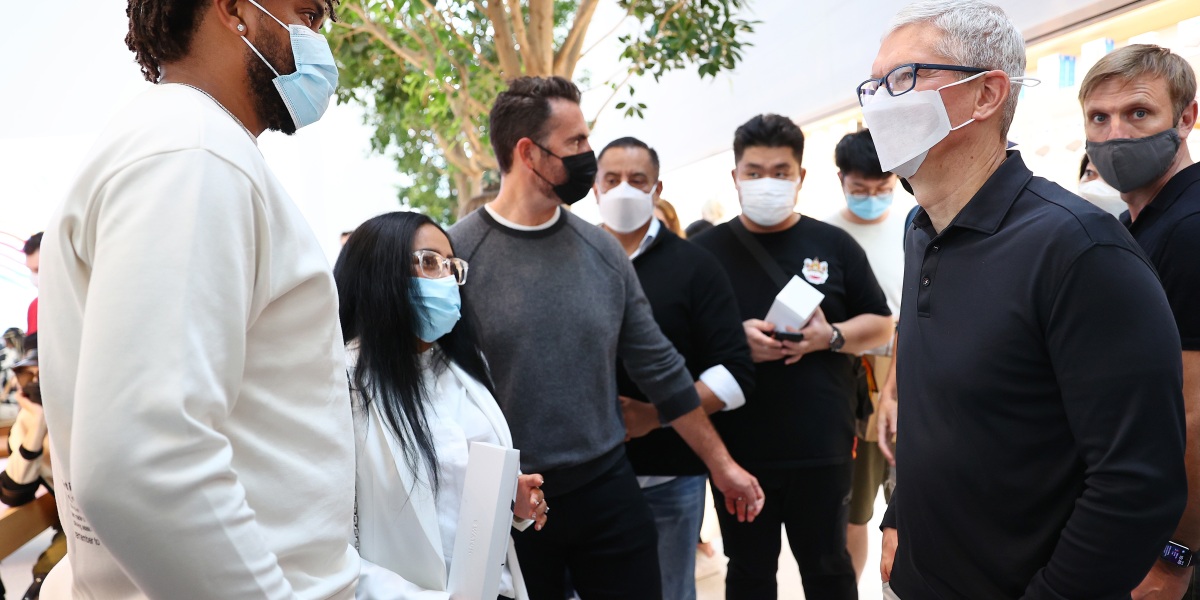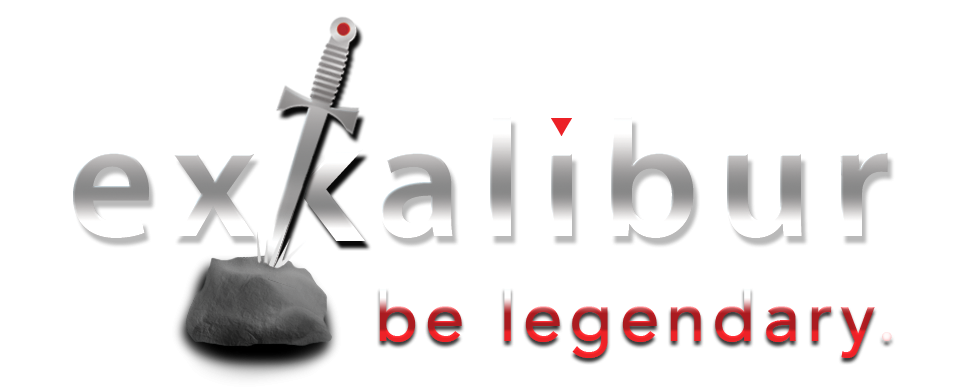Good morning,
Today we’re launching a preview version of our new Sword Tips newsletter while we continue to test and validate the seamless experience we’re seeking for you. Our goal remains to share timely and timeless information to help you Become a More Effective Leader while capturing insights into the rest of the world we occupy live in.
Your opinion is greatly appreciated, so if you have any comments or suggestions, please reply to us via email to help us make this the best experience possible.
Leadership Insights
What can Sylvester Stallone Teach Us about Leadership?

Sylvester Stallone is a box office legend with movies like Rocky & Rambo, so this article may seem a bit strange for a site dedicated to Leadership and its ruffles and flourishes.
But, it isn’t if you’re committed to managing your life, controlling your day and fighting for what you believe.
Stallone believes that each of us have two things we inherently do that represent the core struggles of leaders everywhere.
Read about it in my essay, What Are the Two Things that People Inherently Do?
The Business Briefing
Innovation to Survive ... and Thrive.
Innovation has been one of the Sword Tips themes, accelerated by the demands of the pandemic and what business leaders have uncovered in their quest to survive and thrive.
We previously shared Innovation on Steroids as well as what Lauren Hobart has done to jumpstart Dick’s Sporting Goods. Retailers relying on customers patrolling their aisles have been particularly affected, so here are 3 retailers that have changed course to build sales.

In a recent interview with Lex Fridman, an A.I. researcher at MIT, Elon Musk explained his innovation equation:
You can find the video of this conversation here. (32:44m)
Here are the three basic questions Musk considers:
- How long will it take you to build?
- Do you have access to the right resources?
- Can you obtain the required raw materials?
You’ll find find a deeper explanation of his approach here. [Inc.]
The Great Resignation. Employee Engagement. Any connection?
The subject of the so-called Great Resignation is the catalyst for a lot of conversation but the reasons aren’t really a big secret, are they?
Gallup’s 2021 State of the Global Workplace report found that only 15% of employees are engaged in the workplace, meaning that the overwhelming majority of workers are NOT connected with their environment or their responsibilities. (When you’re ready, take a look at these examples to help employees feel more engaged in your workplace.)
Of course, there will always be outside factors contributing to employees heading for the exits … family demands, changing career objectives … but the essence will always be how your organization engages with its employees.
If you give employees opportunities to learn and grow professionally … support them with genuine empathy for their needs and concerns … and provide competitive compensation, you’re most of the way there.
So, why is there this The Great Resignation?

Many observers think that the so-called Great Resignation is the result of burnout … the stress of the pandemic, working and schooling from home … and more.
But the global education firm, Cengage Group, finished a study in November, 2021, which included 1,200 U.S. workers who recently resigned or intended to resign within the next 6 months.
Here’s what they found:
- 91 percent: I wanted to make more money
- 89 percent: I felt burnt out and unsupported
- 83 percent: I no longer felt like I was growing in my position
- 82 percent: The pandemic made me reconsider my priorities and/or professional goals
- 81 percent: I have other passions or a different career path I want to pursue.
You can find the details in the Inc. article here, but it underscores the importance for employers to address these concerns BEFORE the exit doors get crowded.
And a little more ...

Some believe we’re experiencing this so-called Great Resignation because American’s don’t want to work … or hate their job. I agree with Derek Thompson, who makes a good case for it in his article in the Atlantic, The Myth That Most Americans Hate Their Job.
Apple Employees Threaten to Quit Over Returning to Work ... for 1 Day?

You may find this as hard to believe as I do, but there appears to be many Apple employees threatening to quit because they’re being called into the office …
FOR ONLY 1 DAY/WEEK!
You can read about Apple’s plans and the surprising reaction from employees in Frustrated Apple employees reject CEO Tim Cook’s hybrid plan by threatening to quit.
In Good Health
Common Cancer Myths and Misconceptions

The National Cancer Institute, at the National Institutes of Health, explains some of the wrong ideas about cancer and seeks to debunk myths that lead to needless worry and hinder sound treatment decision.
Their answers in Common Cancer Myths and Misconceptions address these questions:
- Is cancer a death sentence?
- Will eating sugar make my cancer worse?
- Do artificial sweeteners cause cancer?
- Is cancer contagious?
- Does my attitude—positive or negative—determine my risk of, or likely recovery from, cancer?
- Can cancer surgery or a tumor biopsy cause cancer to spread in the body?
- Will cancer get worse if exposed to air?
- Do cell phones cause cancer?
- Do power lines cause cancer?
- Are there herbal products that can cure cancer?
- If someone in my family has cancer, am I likely to get cancer, too?
- If no one in my family has had cancer, does that mean I’m risk-free?
- Do antiperspirants or deodorants cause breast cancer?
- Does hair dye use increase the risk of cancer?
Does "Excess Mortality Measure the Impact of the Pandemic?
One thing that has frustrated everyone throughout the two-year pandemic has been the lack of reliable statistics.
There are a whole lot of sources … for a whole lot of metrics … but there is no agreement on how to measure and present certain statistics among the CDC, NIH and experts within the medical community.
One suggestion is to measure the impact of the pandemic using an “Excess Mortality” metric. While this metric has its limitations, it provides an important benchmark worth considering.
Here’s how the Economist defines it:
What’s stunning is that the Economist’s database estimates that global “Excess Mortality” is about 20 MILLION DEATHS!
Around the Web
Water is More Potent than Oil or Gold

Giulio Boccaletti is the author of Water: A Biography (20212). He is co-founder of the tech startup Chloris Geospatial, and an honorary research associate at the Smith School of Enterprise and the Environment at the University of Oxford.
His article, Water is a stream of geopolitical force through history, is a fascinating reminder of the power of water and its inarguable role in the development of civilization. [Aeon Essays]
Beware of the Ides of March
“Beware the Ides of March” is a phrase we’ve all heard many times… but do we know what it means? One of my favorite authors, Steve Berry, known for his Cotton Malone series, explained on his Facebook page the history and meaning behind this phrase popularized in Shakespeare’s play, Julius Caesar.
Wordle seems to be all the rage ... and there's more ....

Unless you’re living in a cave, you’ve heard about Wordle. It’s a simple word game that’s popular among logophiles and puzzlers.
You can find here if you’ve missed it.
It’s a stretch to make it the locus of keen problem-solving, but that doesn’t mean some won’t use it as a teaching tool. You can reach your own conclusion.
Here are TWO MORE related and more challenging puzzles.
As you might expect, several more challenging look-alikes have appeared.
Worldle (don’t miss the slight spelling change) is a clever but much more difficult game that tests your knowledge of geography. You can also try Numberle where you’re presented with an equation to solve using the same general structure. IT will keep your brain popping.
In the World of Entertainment ...
The 9 Step Program to Ruin Your Image and Your Reputation

There’s never a dull moment in that world, is there?
One of the subjects you’re probably tired of hearing about is the “slap felt around the world” when Will Smith assaulted Chris Rock on the Oscars main stage. I won’t bore you with a repetition of the story, but leaders?
You should pay attention to my outline of The 9 Step Program to Ruin Your Image and Your Reputation.
The Godfather: 50 Years
It’s the 50th Anniversary of The Godfather movie, and everywhere you’ll find toasts to this landmark movie, including a look back during this year’s Oscars.
There are some interesting facts about how hard it was to make The Godfather in this CBS news video, The making of “The Godfather” … and reflections from the cast in Al Pacino Looks Back at His Breakthrough Role in The Godfather.
Got a guess about how many bullet placements were used for the scene when Sonny is ambushed at the toll both?

How “No Time to Die” Pulled off James Bond’s Opening Chase
As we know, special effects are a dominant force in today’s movie-making and the action sequences in the latest James Bond Movie, “No Time to Die” are no exceptions.
I love this video (6:45m) that shows how the opening chase scene was made. Super complex to say the least.
And a little more ...
Bully-Proof Your Kids
One of the most debilitating things that can happen to a child and his family is bullying. Read How to bully-proof your kids for life. You’ll learn from Stella O’Malley and her years of counseling bullies and their targets.
You can find her book here: Bully-Proof Kids: Practical Tools to Help Your Child to Grow Up Confident, Resilient and Strong.
Gettin' a little hungry?

If you’re a cook, or have someone else in your family attending to it, there are some clever suggestions in this article, People are Sharing the One Small Ingredient that Makes the Biggest Difference in their Go-To Dishes.
Where do you think you're goin'?
You may not know that United Van Lines creates an Annual National Movers Study showing who is moving where.
You’ll find some interesting results in their 45th annual survey. In the interactive map, below, note that blue states had more people moving IN while the yellow states have more people moving OUT.
Click on the image where you can access an interactive map. When you select a particular state, you’ll also see the primary reasons for moving – both inbound and outbound.
- California, as an example, shows almost a 20% gap with that many more moving OUT rather than In.
- In contrast, Tennessee shows almost 25% more people moving IN than moving OUT.-
